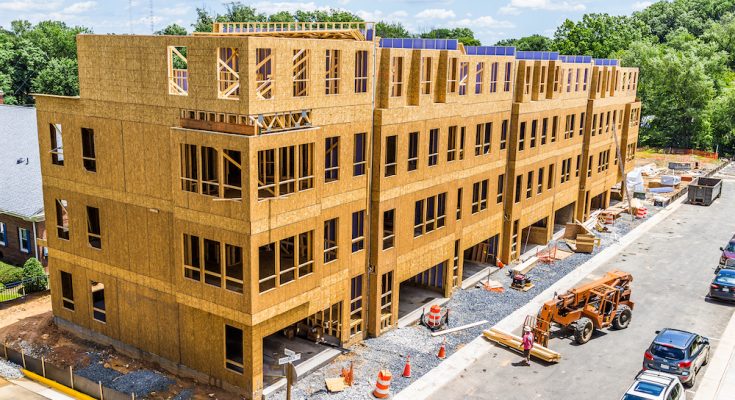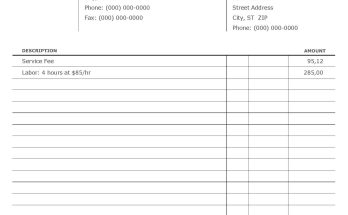There are a variety of construction works that can be performed
Depending on your use
- Commercial buildings – designed for commercial use.
- Educational buildings: intended for educational, didactic or cultural purposes.
- Military buildings: intended for military purposes.
- Sports facilities: for the practice of one or several sports.
- Government property – intended for the use of the employees of a government or government authority.
- Industrial property: for industrial use.
- Religious property: for spiritual beliefs or sects.
- Residential Property – For residential use.
also read – The future of online retail for pets
Depending on property rights
- Private property: when the owner is a natural or legal person.
- Public property: when the owner is a public, regional or national person.
By type of construction
- Factory composition.
- Wood composition.
- Composition of prefabricated materials.
- Steel composition.
What is a construction site?
Any public or private work in which construction or civil engineering works are carried out as described below.
- Fix or install.
- Assembly and disassembly of prefabricated resources.
- Earth movements.
- Reconstruction, renovation, repair, dismantling, maintenance, conservation, painting, cleaning and conditioning.
What are the construction stages?
The phase of the construction works are the necessary steps for the safe execution of the works.
These construction phases are preceded by various studies, preliminary planning, and technical planning (including information, planning and budget). As well as the request and granting of the necessary permits before the works begin.
Phase 1: Closure of public space
The first step in the implementation of the construction plan is the closure of the work to protect the public.
Phase 2: Site and foundations
The foundation is an important matter that must be carefully calculated and executed to a high level of quality.
Phase 3: Structure of the site
Each structure or site has its own composition or structure. This can easily be seen in the piers of a bridge or in the structure of a prestressed concrete building. BIM techniques are used in this phase.
Phase 4: Installation of the work and construction
The equipment is all the additional resources that are not included in the composition but that will be necessary during the useful life of the infrastructure.
Phase 5: Waterproofing and insulation
One of the most important steps in determining the durability of a structure is the containment and sealing of resources that are critical to the future strength of the composition.
Phase 6: Finishing and sealing
The final components are not only important from a visual point of view, but also functional.
What materials are used for construction?
To build a house or a building, of course you need construction materials. In many countries, stone, clay and wood are the most used materials for facades and roofs.
Stone material
They are natural rocks, stones and their derivatives.
The materials most used in the works are limestone, marble, granite, slate and aggregates (stones of different sizes).
Ceramic and glass
These products are made by firing clayey raw materials in a kiln at high temperatures.
The materials most used in its production are tiles, refractory bricks, sanitary ware, glass, glass wool, bricks and tiles.
Glass is a mixture of silica (sand) with small amounts of potassium, sodium carbonate, and other bases, which can be colored in various ways by adding metal oxides.
Binding materials
When mixed with water, they undergo a chemical change. They are used to join other materials. Plaster and cement is often used.
Compounds
They are made by mixing materials with different properties. Mixtures of mortar, cement, compressed concrete and asphalt are usually used.
- The mortar is a mixture of sand, cement and water.
- Concrete is a mixture of cement, various sizes of stones (aggregates), and water.
Metallic materials
Derivatives of metallic minerals. There are two types: ferrous materials, which contain iron, and non-ferrous materials, which logically do not contain iron.
Ferrous metals are usually steel and cast iron, while non-ferrous are copper and aluminum.
Ceramic materials
They are produced by molding clay and firing it at high temperatures.
Plastic materials
Due to their properties and low cost, today they are widely used in design.
They are essentially organic materials composed of polymers (macromolecules) made up of long chains of carbon atoms. Among them are vinyl chloride, polystyrene, melamine, and polyurethane.
There are also materials that are or remain artificial, such as fiber cement, used for exterior materials, and stamped concrete for the floors.
Looking for best Residential Projects Developers in Vadodara?




